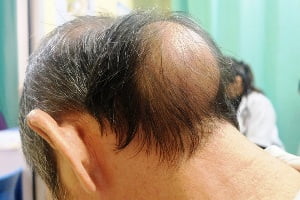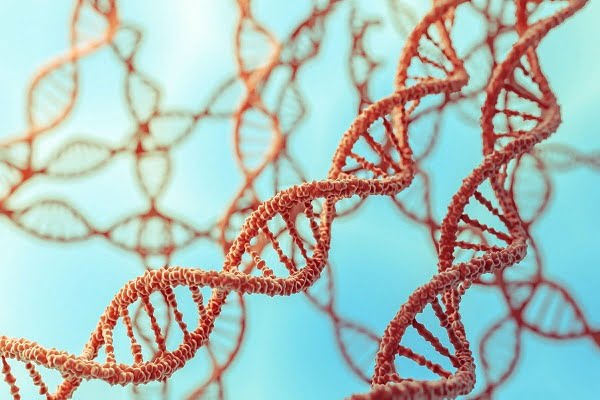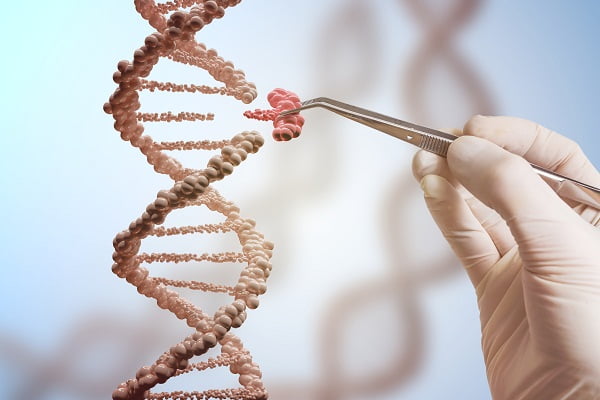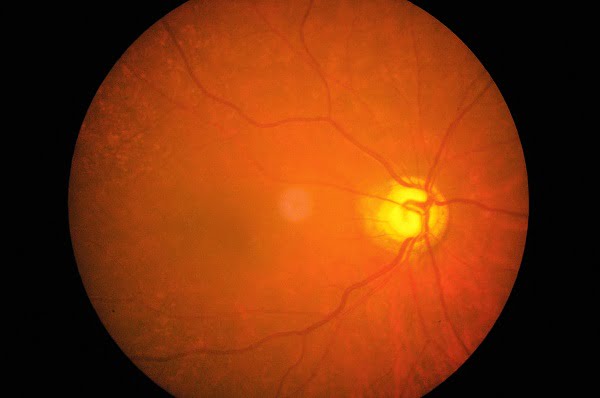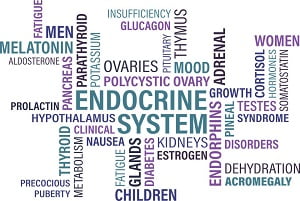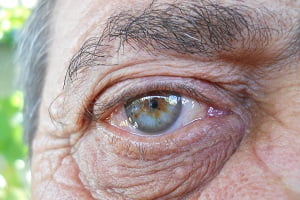Browsing: Rare Diseases
 The page provides quick access to a list of common rare and neglected diseases, syndromes, health conditions, and other topics of health importance. The list is organized alphabetically. Links are provided to respective diseases sections that serve as a comprehensive and ultimate guide about the disease or health condition.
The page provides quick access to a list of common rare and neglected diseases, syndromes, health conditions, and other topics of health importance. The list is organized alphabetically. Links are provided to respective diseases sections that serve as a comprehensive and ultimate guide about the disease or health condition.
According to the World Health Organization (WHO), rare diseases are defined as lifelong disease or disorder which has a prevalence of 1 or less in a population of 1000 people. In the United States, a prevalence of less than 200,000 cases indicates a medical condition to be rare. Rare diseases are also referred as orphan diseases as various drug companies do not want to develop any treatment or medication for it.
Majority of rare diseases occur due to genetic mutations in genes or chromosomes of an individual. Some cases have been reported where rare diseases occur due to an infection or due to rare cancers or autoimmune diseases. These autoimmune diseases do not have any inheritable significance.
Most rare diseases cannot be cured and lead to death of an individual or shortened life expectancy. Till date, all aspects of a rare disease have not been fully identified and understood by scientists, therefore, it is difficult to diagnose, treat and prevent occurrence of such diseases.
Some common rare diseases which have a widespread occurrence are acquired hemophilia, alkaptonuria, alpha and beta thalassemia, cystic fibrosis, Duchene muscular dystrophy, stargardt disease, sickle cell disease, nipah virus infection etc.
Stargardt disease is caused by mutations in the ABCA4 gene or the ELOVL4 gene. Clinical diagnosis of Stargardt disease is based on ophthalmological examination, electroretinography, visual field testing, fluorescein angiography, and color testing. Genetic testing is useful for confirming diagnosis, and for differential diagnosis, and for risk assessment.
The primary objective of gene therapy is to cure a patient with DMD completely. There is some research going on that is aimed for delivering a functional, full-size dystrophin gene to muscle cells using a harmless virus. Until now, research has been limited to delivering smaller mini or micro dystrophin genes.
Muscular Dystrophy Life Expectancy: Prognosis and Outlook
There are more than hundred different disorders similar to muscular dystrophy. Of them a few are considered a type of muscular dystrophy. The exact prognosis depends much on the type of disease that affects an individual. There is no cure for any form of muscular dystrophy, but treatment can help prevent or reduce problems.
Stargardt eye disease is a form of inherited juvenile macular degeneration. The disease leads to progressive vision loss due to the death of photoreceptor cells in the central portion of the retina called the macula. The retina is a delicate layer of tissue that lines the back inside wall of the eye.
Anti–Vascular Endothelial Growth Factor Therapy (Anti VEGF Therapy) for Eye Disorders and Cancers
In 1989, the isolation and cloning of vascular endothelial growth factor-A was a milestone in understanding the formation of new blood vessels from the pre-existing vessels. The concept of angiogenesis then became clear. This laid foundations of improved treatments for colorectal cancers.
Addison’s disease occurs due to under activity of the adrenal glands, due to which they are unable to produce a sufficient amount of steroid hormones in the body. Addison’s disease can affect people of any age, including adults, children, and newborns. Addison’s disease in newborns is mainly caused due to Adrenogenital syndrome (a condition in which the adrenal glands are structurally intact and larger than normal).
What Is the Association Between Hypothyroidism and Addison’s Disease Addison’s disease or adrenal deficiency is characterized by low production of…
Clinical manifestations depend on the level of growth hormone and insulin-like growth hormone. Age, misdiagnosis, late diagnosis, and size of tumor contribute to clinical presentation. The clinical presentation of complications of acromegalic patients include increased levels of growth hormone which in turn causes many diseases like pituitary adenomas, soft tissue complications, irregular growth of body parts, etc. Most common complications of acromegaly include cardiovascular complications, respiratory complications, skeletal complications, etc.
Gigantism and Acromegaly: Differences and Similarities
Both gigantism and acromegaly are hormonal disorder syndromes caused due to the over secretion of growth hormone, a condition called as hypersomatotropism. Both these syndromes mostly occur due to a pituitary adenoma. Too much of growth hormone in children indicates gigantism and is extremely rare. Acromegaly in adults mainly occurs in middle-aged men and women.
Late onset Stargardt disease is an age-related macular degeneration (AMD) associated with missense mutation outside functional domains ABCA4. Symptoms of atrophy may initially occur in the parafoveal retina and radially expand in size over time.

